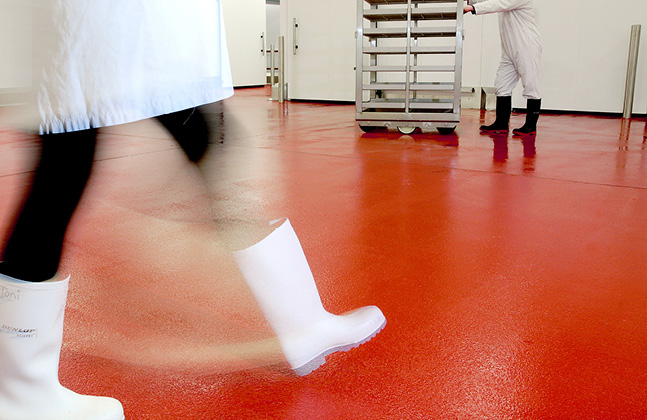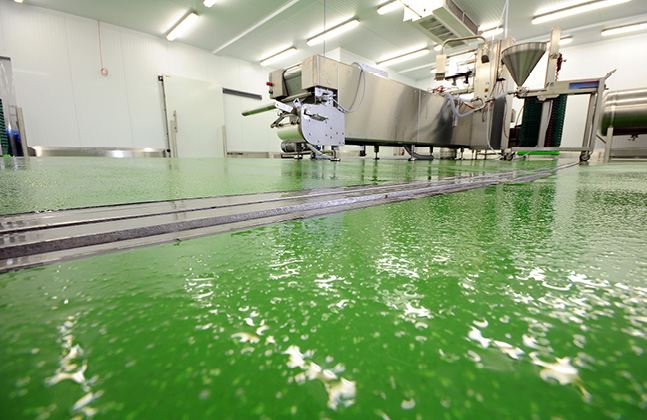If you’ve not heard of the Wet Pendulum Test Method then pay close attention, as it’s rewriting the rulebook on anti-slip flooring in Australia.
Whilst anti-slip flooring standards have been around for a while now, a change has recently been made to the way the floor is tested. Hopefully this change will go a long way to reducing the number of workplace injuries and deaths that are caused by slips, trips and falls, as 71,000 workers have been injured and 24 killed by such accidents over the last three years.
These are our top five tips for getting to grips with Australia’s anti-slip flooring standards:
- The Wet Pendulum Test Method works by moving a rubber slider over the floor surface and giving a score based on the planarity of the surface – however now a 3 micron lapping film will be used which more closely represents how easily a worn or polished heel will slip on a floor surface.
- According to Test Slip Australia this new way of testing could result in many flooring materials being given a lower slip resistance value than they would previously have achieved.
- Another key test, the Dry Floor Friction Test Method, is also changing the way it classifies floors (look out for the new ‘D’ classification).
- To work out the minimum slip resistance a new floor will need to achieve requires the developer to assess the activities that will be undertaken on the site, as well as the frequency and type of contamination the floor is likely to be exposed to.
- The application of sealers may significantly affect the slip resistance of a floor. Slip resistance testing should be carried out after application and then on an ongoing basis to identify the slipperiness of the surface.
If you want to know more about installing anti-slip flooring into either a commercial or industrial facility then get in touch with us and we’ll happily answer your questions.







